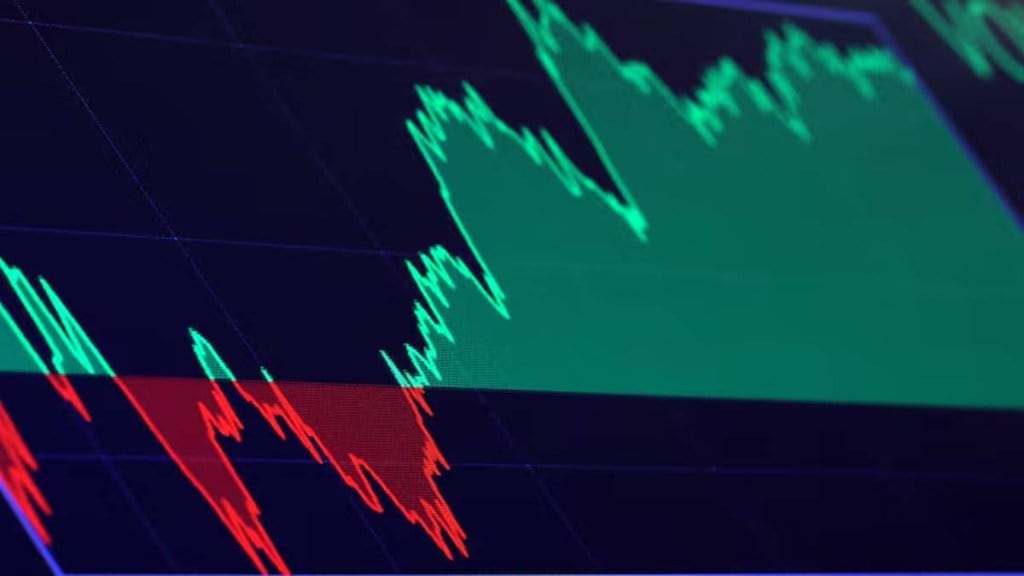Today’s US CPI data print is likely to be the most important indicator for the markets. The U.S. Bureau of Labor Statistics will release the July CPI data on August 12 at 8:30 A.M. Eastern Time.
“Tuesday’s CPI report is important because it could show more impact around tariffs. Companies have mostly held off raising prices because they were waiting for clarity on official tariff levels and didn’t want to lose customers. But if they now believe import duties will remain high, they could move swiftly to charge consumers more.
Higher inflation would put the Federal Reserve in a difficult position because job growth is slowing. Policymakers will face a stagflationary dilemma, forced to choose between fighting inflation and supporting employment. That’s why this week’s CPI could be huge,” says David Russell, Global Head of Market Strategy at TradeStation.
Expectations
Markets anticipate a 0.2% monthly increase in US July inflation and a 2.8% year-over-year rise. The core inflation, excluding energy, is expected to rise by 0.3% monthly and 3.0% YoY.
US inflation has been showing a rising trend. In June, the US CPI data had a surprise for the markets.
The all-items index rose 2.7 percent for the 12 months ending June, after rising 2.4 percent over the 12 months ending May. The all items less food and energy index rose 2.9 percent over the last 12 months.
Impact of Tariffs
Markets are yet to decipher whether there has been an impact of tariffs on the prices of goods in America. “Despite the tariff increases in April, the impact on headline CPI has been muted. However, policymakers have generally been more cautious on this front, noting that it may not be possible for inventory frontloading and suppliers to hold back price increases indefinitely,” says Radhika Rao, Executive Director and Senior Economist at DBS Bank.
The July inflation data is expected to offer some specifics about the impact of pricing tariffs.
“It is the fourth straight month that inflation has been moving away from the Fed’s 2% target. Of course, close attention will be paid to potential signs of tariffs being passed through in the form of higher consumer prices, meaning the core goods metric will come under close examination, having last time printed a 2-year high 0.7% YoY,” says Michael Brown Senior Research Strategist at Pepperstone.
Goldman Sachs predicts Trump’s tariffs could increase annual inflation to 3.8% by December, the highest level since 2023, causing a surge in inflation. Walmart CEO warns of potential price hikes due to tariffs and uncertainty about the impact on core business.
FOMC Rate Cuts
Since December, the US Federal Reserve has maintained its interest rates. While Trump believes the central bank is already late in lowering interest rates, Fed Chair Powell prefers to play the ‘waiting game’.
Powell has stated multiple times that a rate drop will not be considered until the impact of pricing tariffs is determined. So, if the July inflation data falls, Powell will be under more pressure to slash interest rates. The next FOMC meeting is on September 16-17, accompanied by a summary of economic projections.
Powell faces pressure to reduce rates if there is evidence of minimal impact from tariffs and inflation declines. But if inflation rises or remains sticky, Powell and team may stick with their stand. Powell and many other economists believe that a rate cut should be postponed because tariffs may cause inflation.
The other big worrying factor for the US Fed is the slowdown in job growth. Recent jobs data calls for aggressive rate cuts before the economy slides, but such an approach by Powell may not come early if tariff-led inflation emerges.
“The latest jobs data painted a far way weaker-than-expected picture and signs of perhaps too much cooling in the labour market raise the policy challenge for Chair Powell and colleagues: ease rates to support growth, or hold firm in the face of stubborn price pressures?,” says Ahmad Assiri Research Strategist at Pepperstone.

